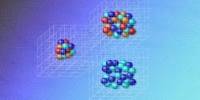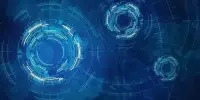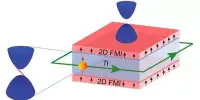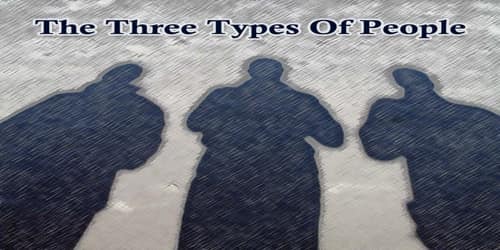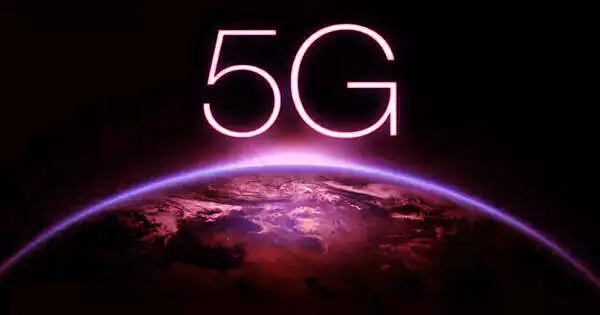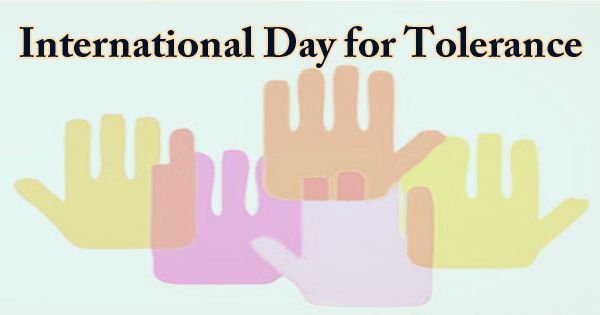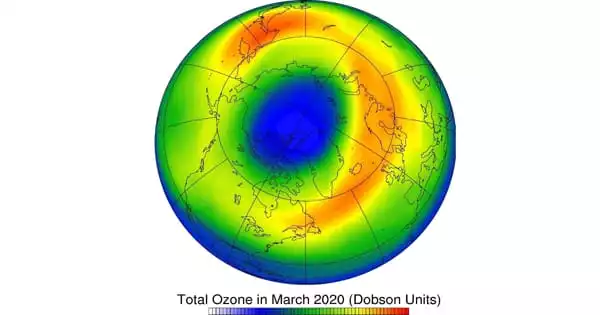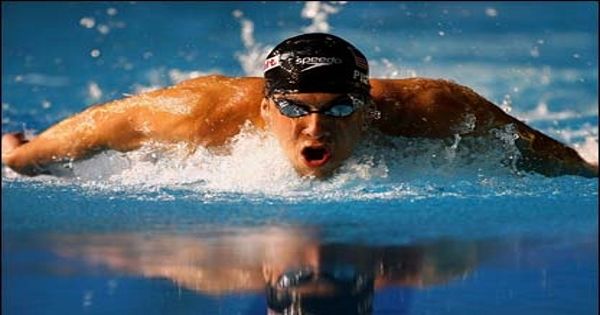The 2024 Nobel Prize in physics has been awarded to John Hopfield and Geoffrey Hinton for their fundamental discoveries in machine learning, which paved the way for how artificial intelligence is used today.
Hopfield, a professor at Princeton University and Hinton, a computer scientist at the University of Toronto, were praised for laying the foundations for the machine learning that powers many of today’s AI-based products and applications. Hinton, however, has also expressed fears about AI’s future development, cutting ties with his former employer Google in order to speak more freely on the issue.
“Their work was fundamental in laying the cornerstones for what we experience today as artificial intelligence,” Mark Pearce, a member of the Nobel committee of physics, told CNN.
On Monday, the committee announced the prestigious honor, seen as the pinnacle of scientific achievement, in Sweden. The prize carries a cash award of 11 million Swedish kronor ($1 million). Hinton, who has been dubbed the “godfather” of artificial intelligence (AI), said he was “flabbergasted” to receive the prize.
Their work was fundamental in laying the cornerstones for what we experience today as artificial intelligence. It will be comparable with the industrial revolution. But instead of exceeding people in physical strength, it’s going to exceed people in intellectual ability.
Mark Pearce
AI’s ‘huge influence’
Asked about the potential significance of the technology his research has helped to develop, he said AI will have a “huge influence” on our societies.
“It will be comparable with the industrial revolution. But instead of exceeding people in physical strength, it’s going to exceed people in intellectual ability. We have no experience of what it’s like to have things smarter than us,” he said in a phone interview immediately after the announcement.
Hinton predicted the technology would revolutionize things such as healthcare, leading to a “huge improvement in productivity.”
“But we also have to worry about a number of possible bad consequences, particularly the threat of these things getting out of control,” he cautioned. “I am worried that the overall consequence of this might be systems more intelligent than us that eventually take control,” he added.
Thanks to the laureates’ work, AI has “become part of our daily lives,” from facial recognition to language translation, said Ellen Moons, chair of the Nobel Committee for physics.
“The laureates’ discoveries and inventions form the building blocks of machine learning that can aid in making faster and more reliable decisions, for instance when diagnosing medical conditions,” Moons said.
Michael Moloney, chief executive of the American Institute of Physics, told CNN that the Nobel Prize winners’ work had transformed science, allowing machine learning systems to process huge amounts of data and allow scientists to spot patterns they would not otherwise be able to see.
“People were very excited about these neural networks about 40 years ago… but we didn’t have the technology then to really implement and take advantage of the discoveries. It’s taken time and, now that we do, it’s really accelerated at an enormous rate.”
“Generative AI systems and machine learning systems are already transforming the search for exoplanets,” he said. “That’s just one of many examples.”
Mimicking the brain
AI has become shorthand for machine learning using artificial neural networks. This technology – developed by Hopfield and Hinton – is based on the structure of the brain. Whereas a brain has neurons, an artificial neural network has nodes with different values. Whereas the brain’s neurons communicate with each other through synapses, artificial nodes influence each other through connections. You can train an artificial neural network by developing stronger connections between the nodes, just like you can train the brain.
Just as we can wrack our brains for a particular word or fact we rarely use and only dimly remember, artificial neural networks can also search back through the patterns it has saved – thanks to the invention of the Hopfield network in 1982.
“Hopfield was curious about whether it was possible to have a physical system which was inspired by the brain, a network of small computational neurons, which were connected together. He was curious whether it was possible to establish learning such a very simple system. And it was actually possible,” Pearce said.

